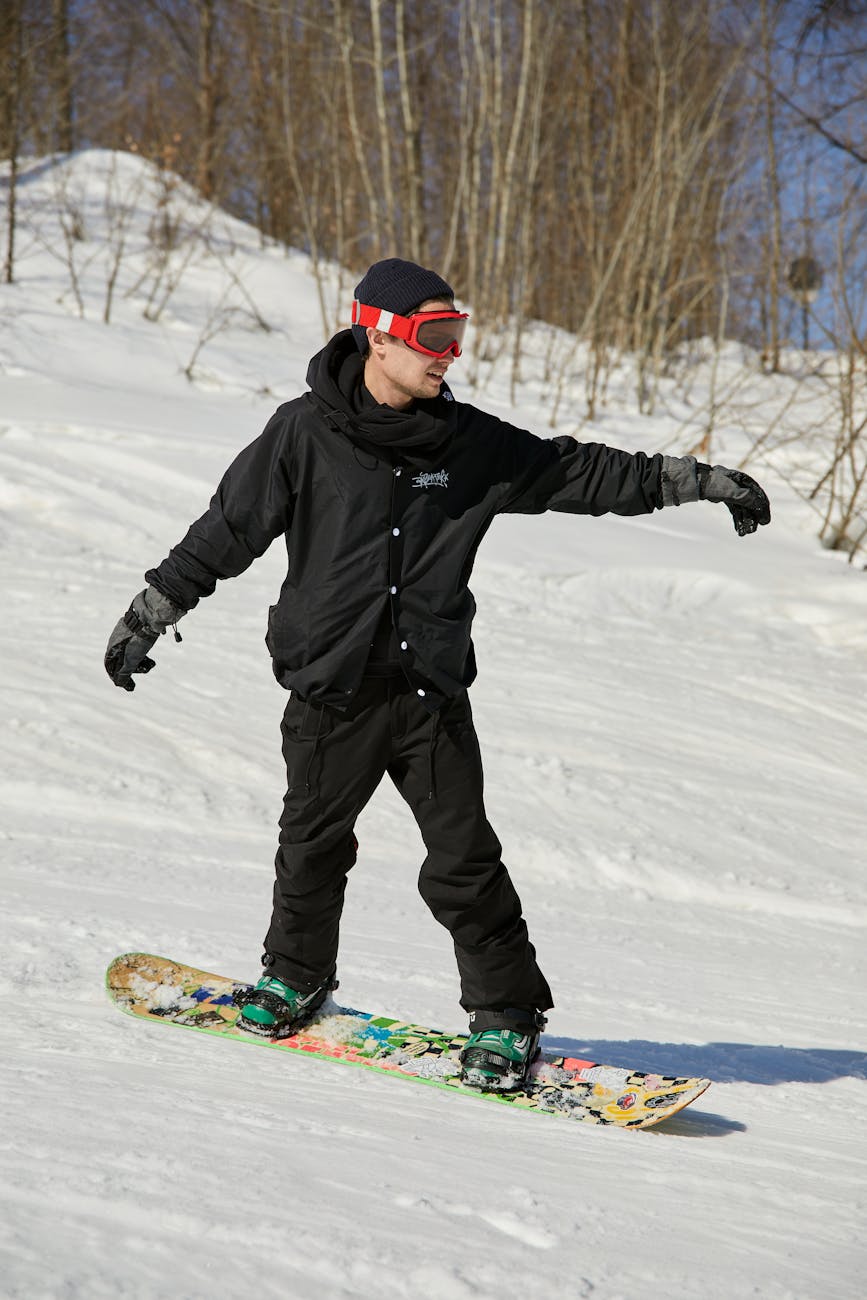Table of Contents
- Introduction
- Essential Snowboarding Techniques
- Mastering Your Balance
- Perfecting Your Turns
- Getting Off to a Great Start
- Staying Focused and Committed
- Final Thoughts
- Frequently Asked Questions
Introduction
Snowboarding can truly ignite a passion for winter sports, and mastering the art of it can feel transformative. Many beginners find themselves struggling with basic techniques, but what if there are specific approaches that can drastically speed up your learning curve? This blog seeks to unveil the beginner snowboarding techniques that could revolutionize your skills in no time.
As we delve into essential strategies and tips, you’ll discover insights tailored to beginners and how particular methods promise to elevate your ride. Fostering confidence while building skills is key, helping you glide down the slopes with both grace and excitement.
Essential Snowboarding Techniques
Knowing the right snowboarding techniques can fundamentally shift the way beginners experience the slopes. From understanding your stance to applying pressure strategically, these techniques serve as building blocks for enhancing performance swiftly. Techniques such as proper toe and heel edge control make navigating turns and transitions a more seamless endeavor, encouraging fluid movements.
Adding a focus on body positioning and weight distribution can also vastly improve the efficacy of your riding. Slipping into the flow of a run becomes much easier when you harness the power of these foundational techniques. This not only lays the groundwork for sharpening existing skills but also makes learning advanced maneuvers feel accessible.
Mastering Your Balance
The significance of balance in snowboarding cannot be overstated. When beginners grasp the intricacies of balance, the transformation in their skills often becomes visibly apparent. Focus on placing your weight evenly over both feet while keeping your knees relaxed helps create a stable center of gravity, essential for both control and confidence.
Moreover, practicing balance exercises off the slopes can enhance your natural stability. Engaging in core workouts, yoga, or even simple balancing acts will translate directly into improved riding. Emphasizing balance not only affects your agility on the board but also fosters a deeper connection with the dynamics of snowboarding, ultimately invigorating every run you take.
Perfecting Your Turns
Turning is one of the most exhilarating parts of snowboarding and also one of the first challenges beginners face. To transform your turns, consider breaking them down into manageable parts: initiate the turn with your upper body, then follow through with your hips and feet. This sequential movement creates a fluid transition that feels effortless rather than forced.
Incorporating techniques like carving into your turns can escalate your riding to new heights. Carving allows for quicker transitions and a more efficient direction change, maximizing your speed while minimizing fatigue. A focus on perfecting the turn creates a chain reaction that affects every aspect of your snowboarding, resulting in a ride that’s not only faster but also more enjoyable.
Getting Off to a Great Start
Learning how to start confidently can set the tone for the entire snowboarding experience. First impressions matter, and getting off the chairlift smoothly or learning how to strap in while on a slight incline can pave the way for a successful day on the mountain. Practice these actions repeatedly; repetition breeds familiarity, which in turn builds confidence.
Additionally, ensuring that you’re ready and set in your stance beforehand will alleviate unnecessary stress. When you prioritize getting a great start, you create opportunities to focus on the flow of your runs, allowing your skills to develop organically throughout the day. From the lift line to the first few turns, every facet works together to enhance your overall journey.
Staying Focused and Committed
A successful snowboarding experience hinges on mental commitment. When you immerse yourself in the ride and remain focused on each move, you’ll find that your skills develop rapidly. Mindfulness plays a critical role here; staying present allows you to react instinctively to various terrains, enhancing control and responsiveness.
Constructing a positive mindset through visualization can also offer immense benefits. Picture yourself maneuvering smoothly down the slope and visualize your successes. This strategy strengthens your self-belief, helping you push past mental barriers that often hinder progress. By fostering a committed, engaged approach, every run will contribute to building a skilled and confident snowboarder.
Final Thoughts
Embarking on the journey of snowboarding as a beginner opens up a world of joy and exhilaration. Implementing these transformative techniques can radically alter your progression, ensuring that the skills you develop are not only efficient but also enjoyable. Tailoring these approaches to your unique style will lead not just to fast-tracked skills but also to an overall enriched experience on the mountain.
So take the plunge! Embrace these insights, enjoy the ride, and let the slopes enchant you as you elevate your snowboarding prowess with each descent!
Frequently Asked Questions
What is the best beginner technique for learning how to turn?
Breaking down the turn into three parts—upper body, hips, and feet—enables better control and flow, making it less overwhelming for beginners.
How can I improve my balance off the slopes?
Engaging in core-strengthening exercises and practicing yoga can significantly enhance your stability, directly impacting your performance on the board.
Is it crucial to learn how to start properly?
Yes, a proper start sets the tone for the day and can reduce anxiety, helping you focus on your riding instead of logistical challenges.
How important is mental focus in snowboarding?
Remaining present and committed transforms learning, allowing you to better respond to your environment and improve your skills efficiently.
Image Credit: Pexels
